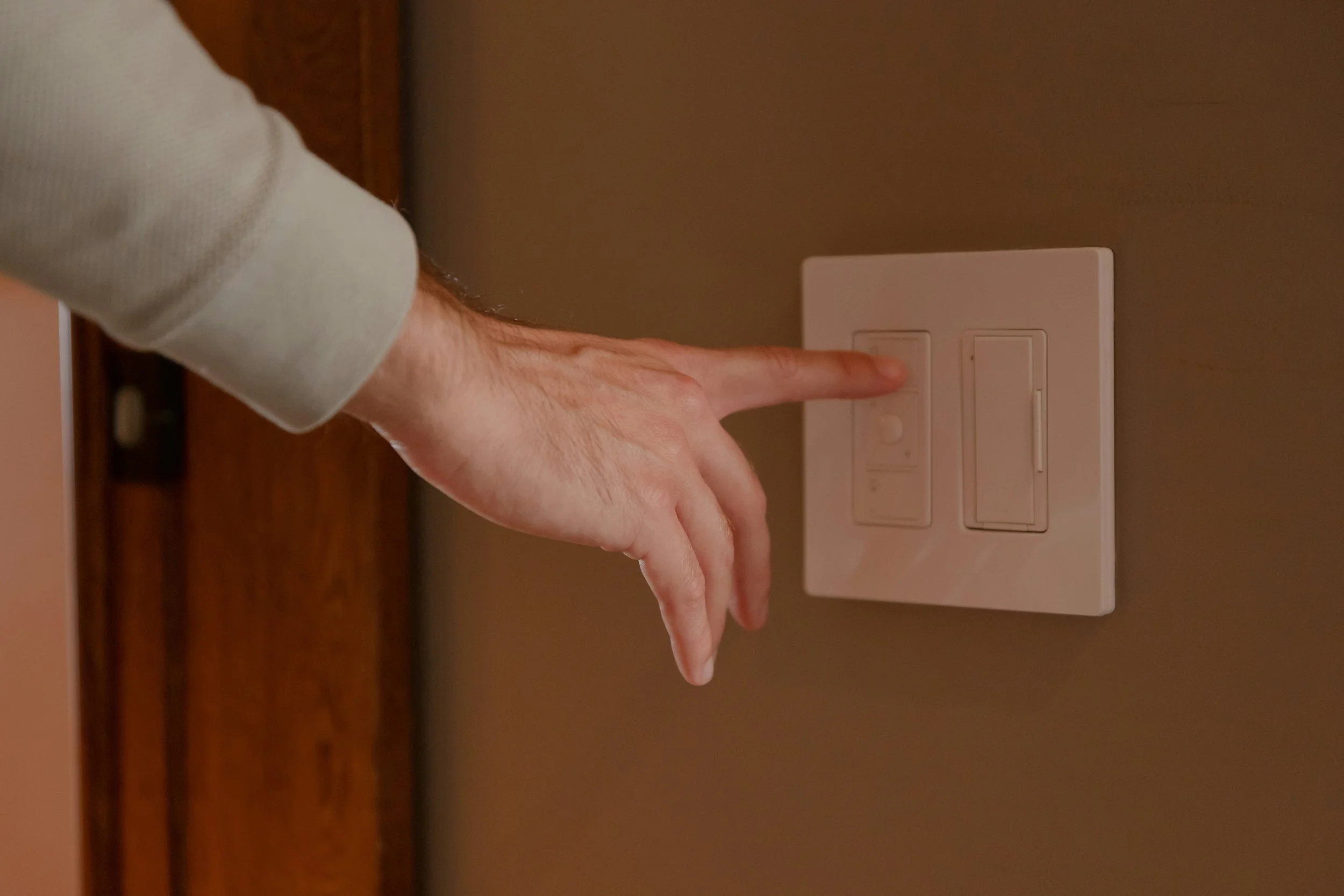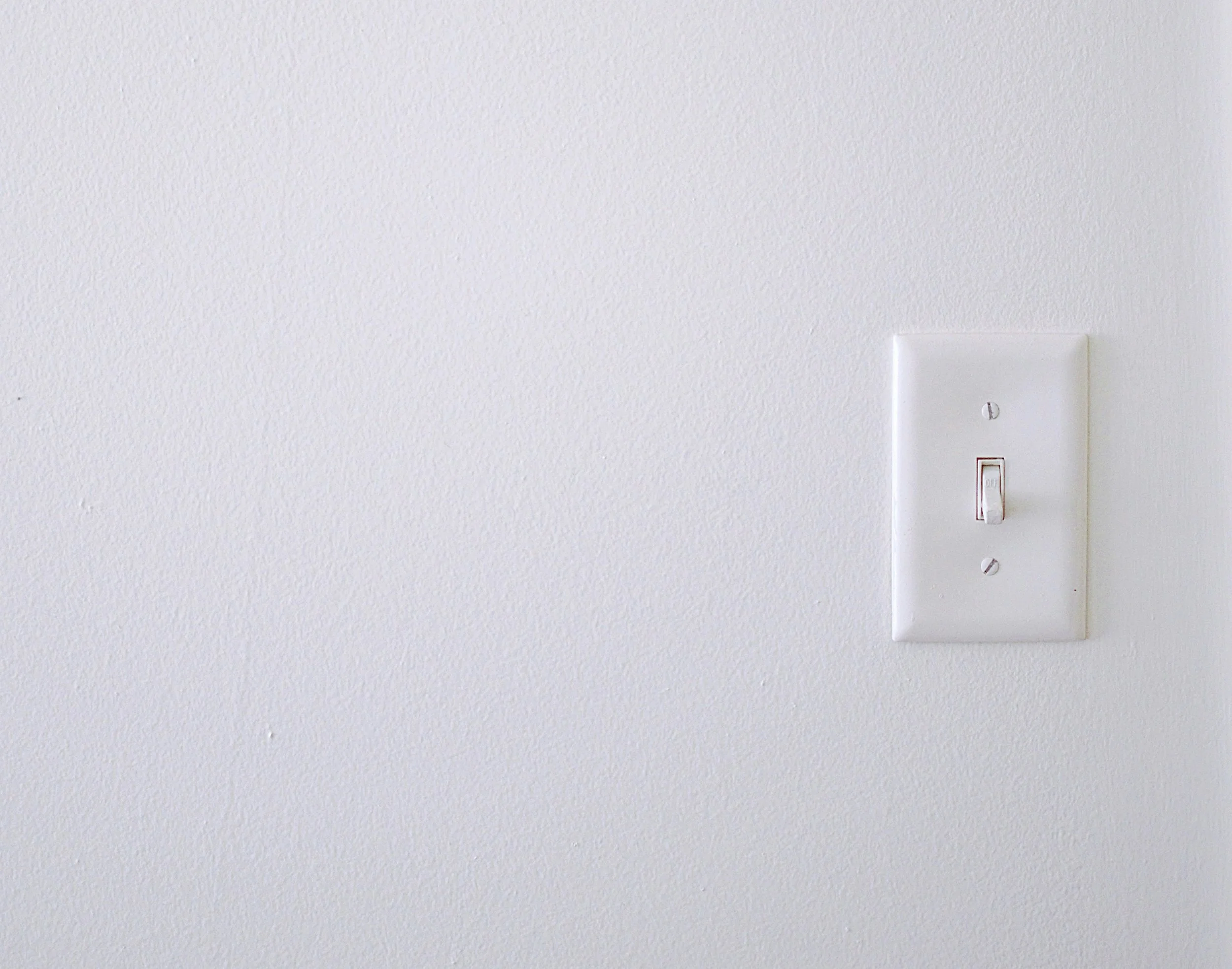Types of Light Switches: Features and Functions
Discover the different types of light switches and their features in this comprehensive guide. Learn about their functions, advantages, and which one is best for your home.
When it comes to lighting in your home, a simple light switch plays a crucial role. It might seem like a straightforward task—flip the switch, and the lights go on, right? But did you know there are various types of light switches, each with its own features and functions? From traditional toggles to modern dimmers, understanding the different types of light switches can help you make the best choice for your home’s functionality and aesthetics.
Whether you're upgrading an old fixture or installing new lighting, knowing the types of light switches will empower you to make smarter decisions. In this guide, we’ll dive into the world of light switches, exploring their features, how they work, and how you can choose the perfect one for your space.
Understanding the Basics of Light Switches
The Importance of Choosing the Right Switch
When it comes to home improvement, the smallest details, like choosing the right light switch, can make a world of difference. Not only does the right switch improve convenience, but it also enhances the room’s style. From dimming the lights to controlling multiple bulbs with a single switch, understanding what each type offers can transform your home’s lighting.
Let’s explore the various types of light switches that could fit your needs.
Types of Light Switches: Features and Functions
1. Toggle Switches
Features
Toggle switches are the most common type of light switch you’ll find in homes. They feature a simple lever that you flip up or down to control your lights.
Functions
On/Off: The toggle switch performs the basic on/off function, making it a staple in households.
Affordability: Toggle switches are inexpensive and easy to install, making them the go-to choice for most homes.
Durability: They last for years, and with their straightforward design, they rarely break down.
When to Use It
Toggle switches work great in most rooms where you simply need to turn the light on or off. They’re ideal for kitchens, hallways, and bathrooms where basic functionality is enough.
2. Rocker Switches
Features
Rocker switches are similar to toggle switches but instead of a lever, they have a larger, flat surface that "rocks" back and forth. They have a sleek, modern design and are often used in contemporary homes.
Functions
Ease of Use: The flat design makes it easier to operate with a simple push, making it a great option for people with limited hand mobility.
Visual Appeal: They tend to look more polished and modern compared to traditional toggle switches.
When to Use It
Rocker switches are perfect for modern spaces or when you want something more stylish. They’re ideal for places like living rooms, bedrooms, and even home offices.
3. Dimmer Switches
Features
Dimmer switches give you the ability to adjust the brightness of your lights. Instead of just turning the light on or off, dimmers allow you to set the mood of the room by controlling the light intensity.
Functions
Brightness Control: With a dimmer switch, you can adjust the lighting to create the perfect ambiance, whether you're hosting a party or having a quiet evening at home.
Energy Efficiency: Dimming your lights can reduce energy consumption and lower your electricity bill.
Variety: Many dimmers also come with other advanced features like smart controls and remote operation.
When to Use It
Dimmer switches are perfect for areas where lighting adjustments are important. Consider using them in dining rooms, living rooms, or bedrooms where you want to set different moods or conserve energy.
4. Three-Way Switches
Features
A three-way switch allows you to control a single light from two different locations. These are most commonly used in long hallways or staircases where you may want to control the light from either end.
Functions
Multiple Control Points: Instead of having one switch to control your lights, a three-way switch allows you to operate the light from two separate spots in the room.
Convenience: This type of switch is incredibly convenient for multi-level homes or rooms with more than one entry point.
When to Use It
If you have large rooms, basements, or staircases, three-way switches are a must. They offer a higher level of convenience when you need to control your lights from multiple places.
5. Four-Way Switches
Features
Four-way switches take it one step further. They allow you to control a single light from three or more locations. This is especially useful for large, multi-entry rooms.
Functions
Multiple Control Points: Similar to a three-way switch, but you can control the lights from three or more locations.
Flexibility: Great for large spaces with multiple entryways, offering complete flexibility in controlling your lighting setup.
When to Use It
Four-way switches are ideal for large rooms, hallways, or spaces with several entry points. If you have a large living room with multiple access doors or a long hallway, this is the type of switch you need.
6. Smart Switches
Features
Smart switches allow you to control your lights via Wi-Fi or Bluetooth. Many smart switches are compatible with voice assistants like Amazon Alexa or Google Assistant, giving you full voice control.
Functions
Remote Control: You can control your lights remotely via your smartphone or voice commands, making it ideal for modern homes.
Automation: Schedule your lights to turn on and off at specific times, or set moods by adjusting the lights automatically.
Energy Monitoring: Some smart switches come with energy-monitoring features, helping you keep track of your power usage.
When to Use It
Smart switches are perfect for tech-savvy homeowners who want to automate their homes. They’re great for those who want to control their lights from anywhere or integrate them into a larger smart home system.
How to Choose the Right Light Switch for Your Home
Consider Your Needs
Before choosing a switch, think about the purpose and function of the room. Do you need dimming capabilities, or do you just need something simple and functional?
Think About Style
If you’re aiming for a modern aesthetic, a sleek rocker switch or smart switch may be the way to go. However, for traditional spaces, a toggle switch may be a better fit.
Functionality
Do you need to control your lights from multiple locations? Consider three-way or four-way switches. Do you want to save on energy costs? A dimmer switch might be ideal.
Conclusion
When it comes to choosing the right light switches, it’s all about balancing function and style. Whether you need the simplicity of a toggle switch or the advanced features of a smart switch, there’s an option for every home. Consider your needs, the look you’re going for, and your budget to make the best decision for your space.
By understanding the various types of light switches, you can ensure that your home’s lighting system is not only functional but also tailored to your lifestyle and design preferences. Happy lighting!
Read next: How to Wire Two Light Switches: Step-by-Step Guide
Frequently Asked Questions
1. Can I install a dimmer switch on any light?
Not all lights are compatible with dimmer switches. For example, certain LED lights may flicker or not work properly with dimmers. Check your light bulb’s compatibility before installing a dimmer.
2. How do I choose the right light switch for my home?
Think about the style, functionality, and location of the switch. Do you need a simple on/off function, or do you require more advanced features like dimming or remote control?
3. What’s the difference between a three-way and a four-way switch?
A three-way switch allows you to control a light from two locations, while a four-way switch lets you control it from three or more locations.
4. Can I install a smart switch myself?
Yes, many smart switches are easy to install and come with detailed instructions. However, if you’re unsure about working with electrical wiring, it’s best to consult a professional.
5. Do dimmer switches save energy?
Yes, dimmer switches can save energy by reducing the brightness of your lights, which reduces the amount of electricity used.



